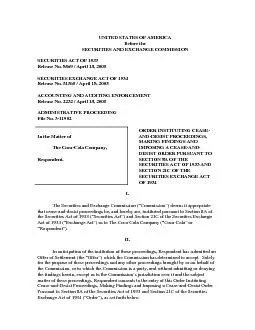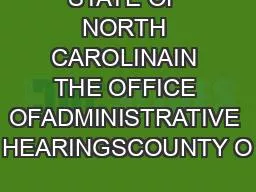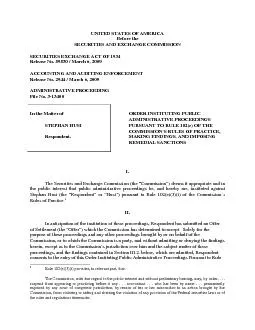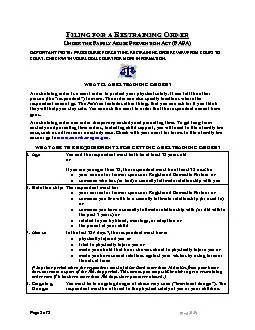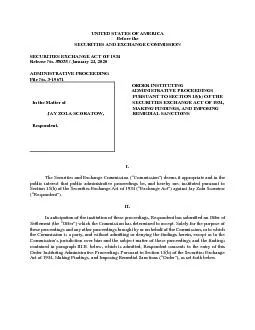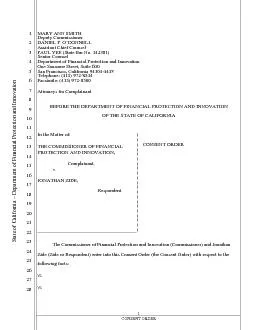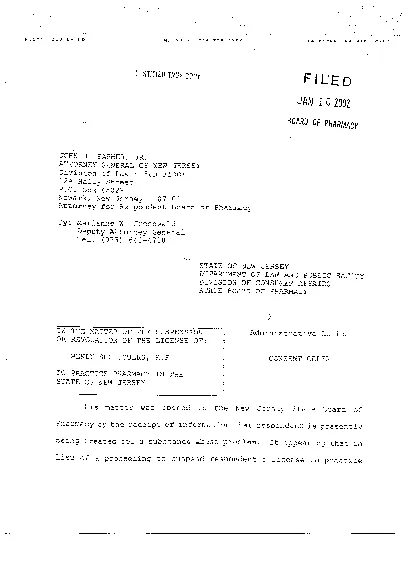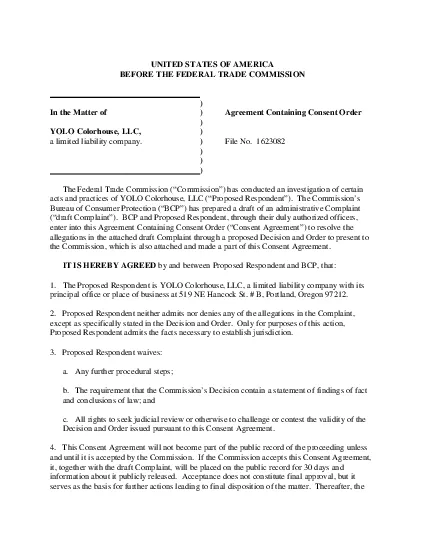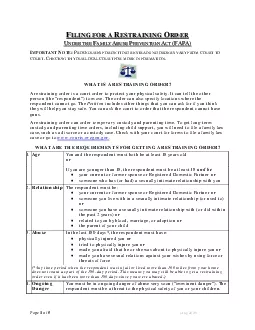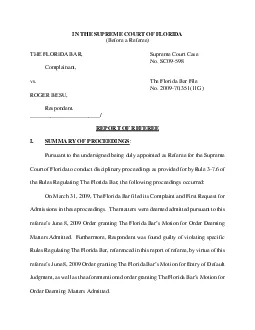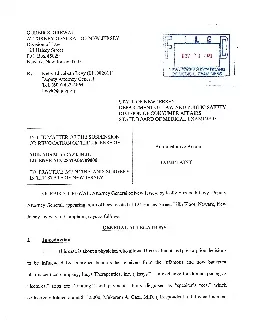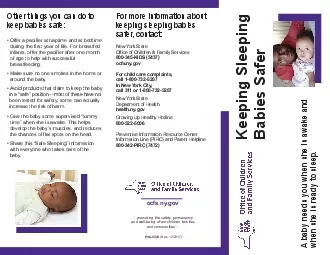PDF-On the basis of this Order and Respondent’s Offer, the Commissio
Author : claire | Published Date : 2021-03-25
III 1 RESPONDENT 1 CocaCola is a Delaware corporation headquartered in Atlanta Georgia CocaCola146s common stock is registered with the Commission under Section
Presentation Embed Code
Download Presentation
Download Presentation The PPT/PDF document "On the basis of this Order and Responden..." is the property of its rightful owner. Permission is granted to download and print the materials on this website for personal, non-commercial use only, and to display it on your personal computer provided you do not modify the materials and that you retain all copyright notices contained in the materials. By downloading content from our website, you accept the terms of this agreement.
On the basis of this Order and Respondent’s Offer, the Commissio: Transcript
Download Rules Of Document
"On the basis of this Order and Respondent’s Offer, the Commissio"The content belongs to its owner. You may download and print it for personal use, without modification, and keep all copyright notices. By downloading, you agree to these terms.
Related Documents

